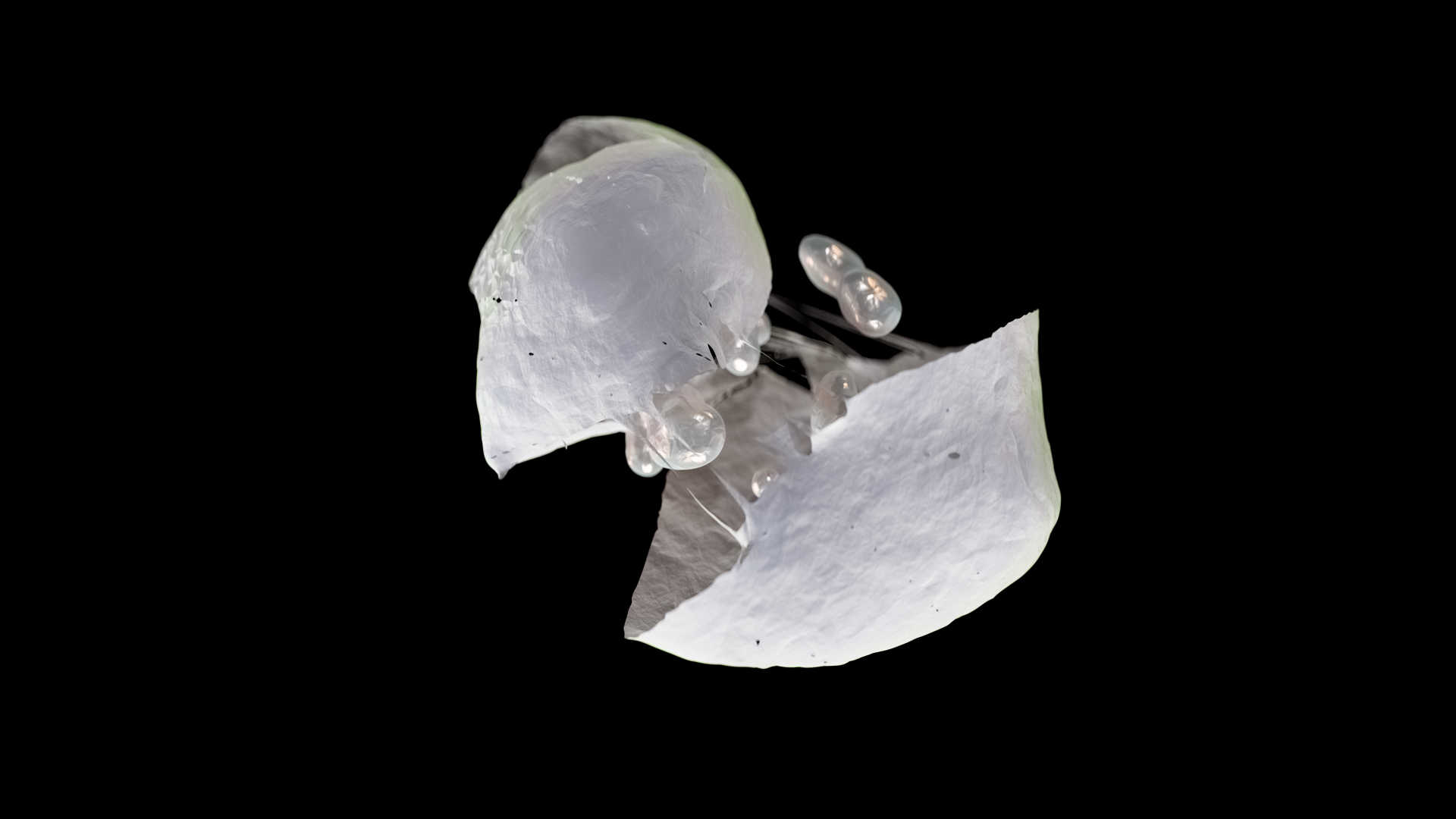Zeolites are a special class of crystalline alluminosilicates characterized by a microporous and 3D-structure.

Selective Adsorption
The three-dimensional network create a vast array of tunnels and channels, allows them to be used in catalysis, adsorption processes, and gas separation.

Hosting and Carrying
The well-defined porous structure, the mobility of extra-framework cations and surface reactivity confer to this class of material the ability to host and carry functional molecules.
A well known material with new functionalities.
Zeolites were first described in 1756 by Baron Cronstedt. However, it was not until 1948 that synthetic zeolites were produced by Barrer, who synthesized small-port mordenite at high temperatures and pressures. Union Carbide later introduced synthetic zeolites as a new class of industrial adsorbents and catalysts for hydrocarbon conversion. Over time, new zeolite structures and compositions emerged, through an explosion of new molecular sieve structures and compositions.
Today, many zeolites can be synthesized with different SiO2 content, which affects their properties. Higher SiO2 gives greater hydrothermal stability, stronger-acid catalytic activity, and greater hydrophobicity as adsorbents, while lower SiO2 gives greater cation exchange capacity and higher adsorption for polar molecules. Only few companies can control the synthesis process to optimize zeolites for different applications and use them as carriers for new functionalities.
SOL-GEL hydrothermal synthesis.
SOL-GEL hydrothermal synthesis is an innovative and sustainable approach to synthesize zeolites frameworks using alumina and silica sources without any organic template driving agents. Well-defined crystalline structures can be obtained through a deep control of the reaction gel. Although the approach is simple, the physicochemical process during crystallization is complex and depends on several factors such as amorphous gel preparation, synthesis parameters, reaction mixture composition and its rheological properties. By controlling the process parameters, a new set of functional additives with selected size and tunable chemical-physical properties can be prepared.
Particles Surface modification.
Silanization is a simple and cost-effective coating method used to modify surfaces of materials that have a high concentration of hydroxyl groups, such as zeolites, silica, and other metal oxide surfaces. The method involves binding silicon-based molecules to the particles by linking silicon atoms with hydroxyl groups on the surface. Commercially available silane-coupling agents can be used to introduce active groups, such as amino and carboxyl groups, to the surface, making it easily modifiable for further grafting and the introduction of new advanced properties.
Cation exchanging reactions.
Zeolites are highly effective in absorbing gases, and the distribution of extra-framework cations plays a crucial role in determining gas adsorption mechanisms and selectivities. Various experimental and simulation techniques have been employed to locate cations in different scenarios and evaluate modified zeolites prepared through cation exchange reactions. For instance, exchanging zeolites with zinc and silver ions can transform them into odor control materials, while exchanging them with palladium can enable them to ethylene adsorption. This approach can also be used to introduce guest molecules like sensors and markers, making zeolites excellent hosts for active molecules.



